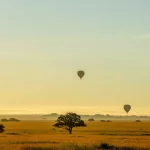
Mount Kilimanjaro, the highest peak in Africa, is a majestic mountain that attracts adventurers from around the world. Climbing this iconic mountain is a challenging endeavor that requires careful planning and preparation. One of the key aspects of preparing for a successful climb is ensuring you have the right gear. In this article, we’ll provide you with a detailed Mount Kilimanjaro preparation gear list that covers all the essential equipment you’ll need for a safe and enjoyable ascent. So, let’s dive in and get ready for the adventure of a lifetime!
Climbing Mount Kilimanjaro is an incredible experience, but it’s important to have the right gear to ensure your safety and comfort throughout the journey. Here is a comprehensive gear list that will help you prepare for the climb:
Having proper footwear is crucial for a successful climb. Choose sturdy, waterproof hiking boots that provide excellent ankle support. Break them in before your trip to avoid blisters and discomfort during the climb.
Layering is key when it comes to clothing for Mount Kilimanjaro. Pack lightweight, moisture-wicking base layers, insulating mid-layers, and a waterproof outer shell. Don’t forget to bring thermal underwear, hiking socks, gloves, and a warm hat to protect you from the cold temperatures at higher altitudes.
Invest in a high-quality backpack with a capacity of at least 40-50 liters. It should have padded shoulder straps and a waist belt for comfortable carrying. Make sure it’s spacious enough to fit all your gear and has external attachment points for trekking poles or ice axes.
Choose a sleeping bag that is suitable for sub-zero temperatures. Opt for a down-filled bag for maximum insulation and packability. Make sure it’s lightweight and compact enough to fit in your backpack.
A sturdy and waterproof tent is essential for camping during the climb. Look for a lightweight, four-season tent that can withstand high winds and cold temperatures. Consider the number of people sharing the tent and ensure it provides enough space for everyone.
A reliable headlamp is a must-have item for nighttime treks and navigating in low-light conditions. Choose one with a long battery life and adjustable brightness settings.
Trekking poles provide stability and reduce strain on your joints during the climb. Opt for lightweight, adjustable poles that can be easily packed when not in use.
Staying hydrated is crucial during the climb. Carry at least two water bottles or invest in a hydration system like a CamelBak. Make sure you have a capacity of 3-4 liters to ensure an adequate water supply between camps.
Pack a comprehensive first aid kit that includes bandages, blister treatments, pain relievers, altitude sickness medication, and any personal prescription medications you may need. It’s essential to be prepared for any medical emergencies that may arise during the climb.
Consult with your healthcare provider to determine if you need any specific high-altitude medications such as Diamox to help prevent altitude sickness. Carry them as recommended and follow the dosage instructions.
The sun’s rays are stronger at higher altitudes. Pack sunscreen with a high SPF, lip balm with SPF, and sunglasses that provide 100% UV protection. Don’t forget to protect your head with a wide-brimmed hat or a cap.
Depending on the route you choose, you may require additional climbing gear such as crampons, ice axes, harnesses, and helmets. Consult with your tour operator or a seasoned climber to determine the specific gear you’ll need.
Carry a variety of high-energy snacks such as nuts, granola bars, dried fruit, and chocolate. These snacks will provide you with the necessary fuel to keep going during long treks.
Pack a compass, map, and a GPS device to ensure you stay on the right track throughout the climb. Familiarize yourself with the route beforehand and keep the navigation tools easily accessible.
Don’t forget to bring toiletries such as toilet paper, wet wipes, hand sanitiser, and a small towel. Pack personal items like a toothbrush, toothpaste, and any necessary medications or personal care products.
Carry some cash in the local currency for emergencies or purchases along the way. Also, keep your passport, travel insurance documents, and any necessary permits or climbing certificates in a waterproof bag.
Capture the breathtaking views and memorable moments of your climb by bringing a camera or a smartphone with a good camera. Pack extra batteries or a portable charger to ensure you don’t miss out on any photo opportunities.
Carry a small repair kit with essential tools like a knife, duct tape, and a sewing kit. A multi-tool can also come in handy for various tasks during the climb.
Leave no trace behind and help preserve the beauty of Mount Kilimanjaro. Pack some garbage bags to collect and dispose of your waste responsibly.
While not a physical gear item, proper training and preparation are vital for a successful climb. Regularly engage in cardiovascular exercises, strength training, and hiking to build your stamina and endurance.
Can I rent climbing gear for Mount Kilimanjaro?
Yes, you can rent climbing gear from local outfitters in Moshi or Arusha. However, it’s recommended to bring your own gear for comfort and familiarity.
How cold does it get on Mount Kilimanjaro?
Temperatures on Mount Kilimanjaro can range from hot and humid at the base to well below freezing at the summit. Be prepared for sub-zero temperatures and strong winds.
Do I need prior climbing experience to climb Mount Kilimanjaro?
While prior climbing experience is not mandatory, it’s advisable to have some hiking and outdoor experience. Physical fitness and mental determination are key factors for a successful climb.
Is it necessary to hire a guide for climbing Mount Kilimanjaro?
Yes, hiring a guide is mandatory for climbing Mount Kilimanjaro. A guide will ensure your safety, navigate the routes, and provide support throughout the climb.
What is the best time to climb Mount Kilimanjaro?
The best time to climb Mount Kilimanjaro is during the dry seasons: January to March and June to October. These periods offer better weather conditions and higher chances of a successful summit.
How physically fit do I need to be to climb Mount Kilimanjaro?
Climbing Mount Kilimanjaro requires a good level of physical fitness. Regular exercise, including cardiovascular workouts and hiking, will help prepare your body for the challenge.
Preparing for a Mount Kilimanjaro climb requires careful consideration of the essential gear you’ll need to ensure a safe and enjoyable experience. By following the comprehensive gear list provided in this article, you’ll be well-equipped to conquer this majestic peak. Remember to prioritise safety, train adequately, and consult with experienced climbers or tour operators for additional guidance. Gear up, embrace the adventure, and embark on a journey that will leave you with unforgettable memories of Mount Kilimanjaro’s awe-inspiring beauty.
Best Tanzania Safari Packages To Witness The Abundant Wildlife That Call It Home.
For More Exciting & Better Value Safari.
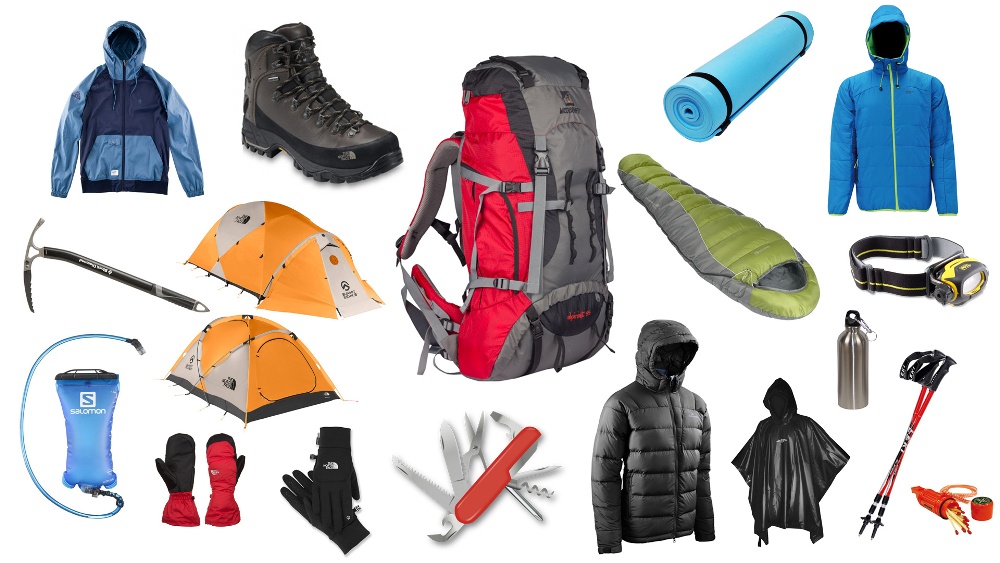
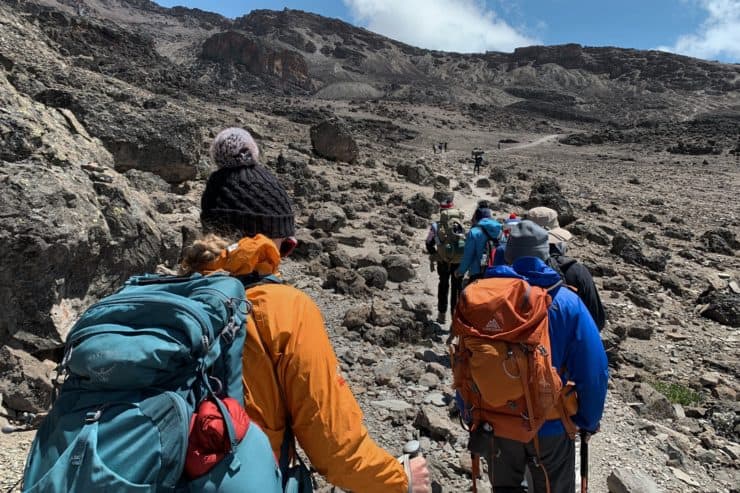

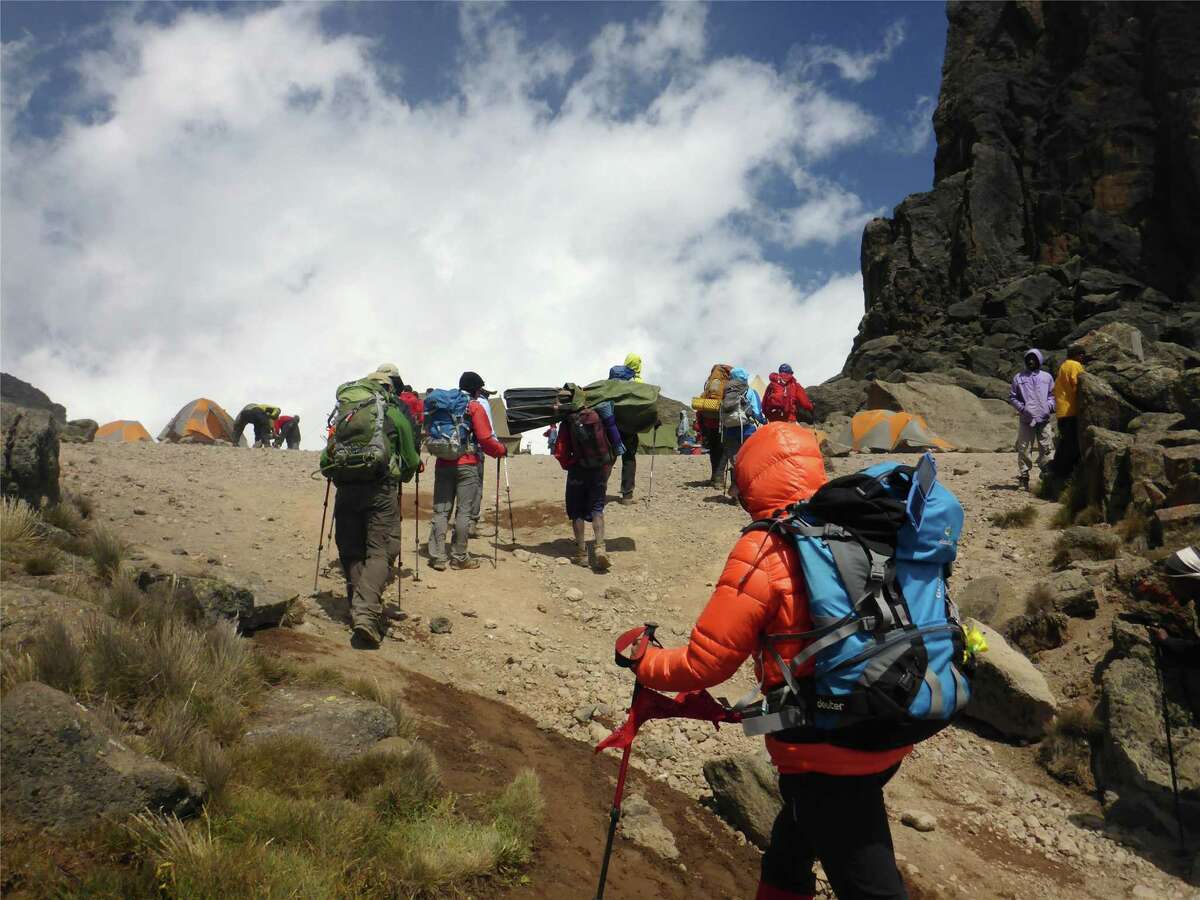
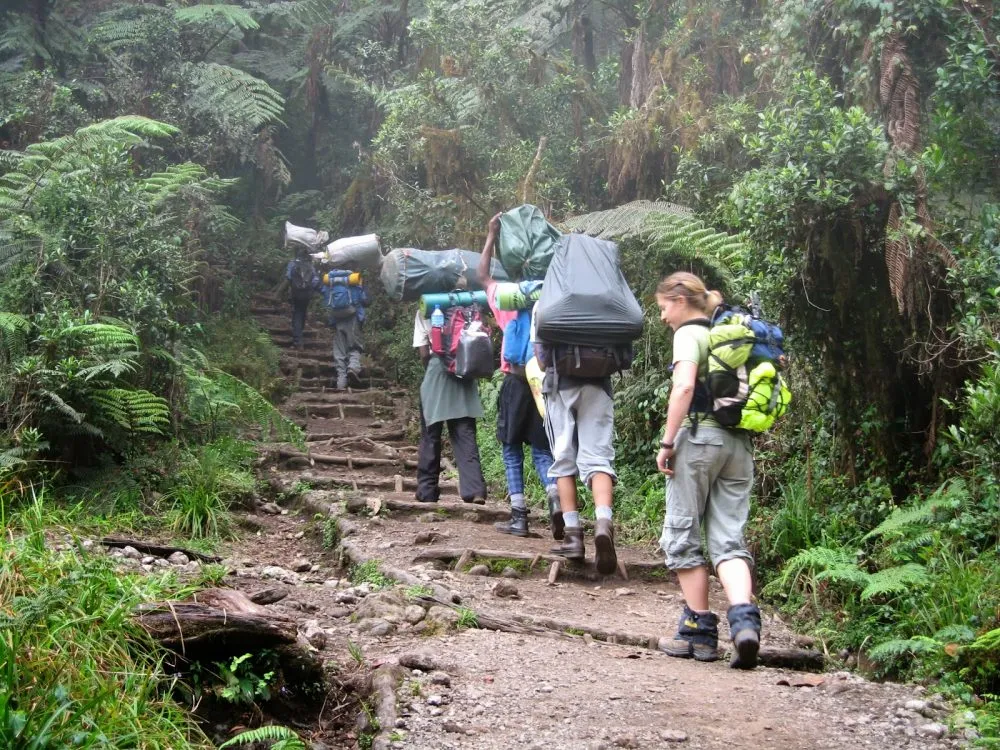
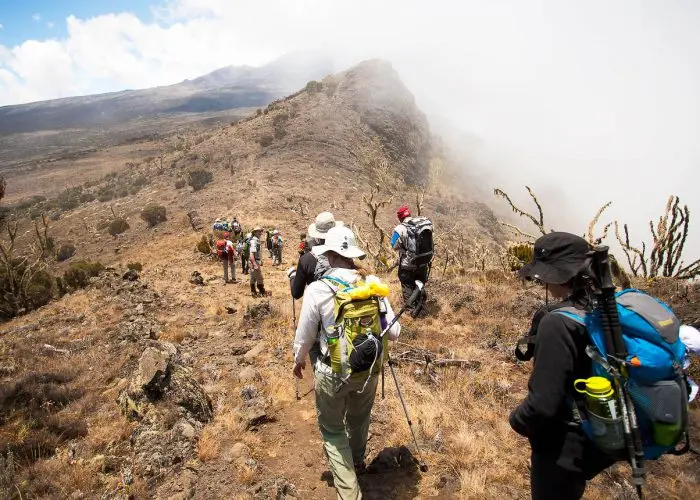
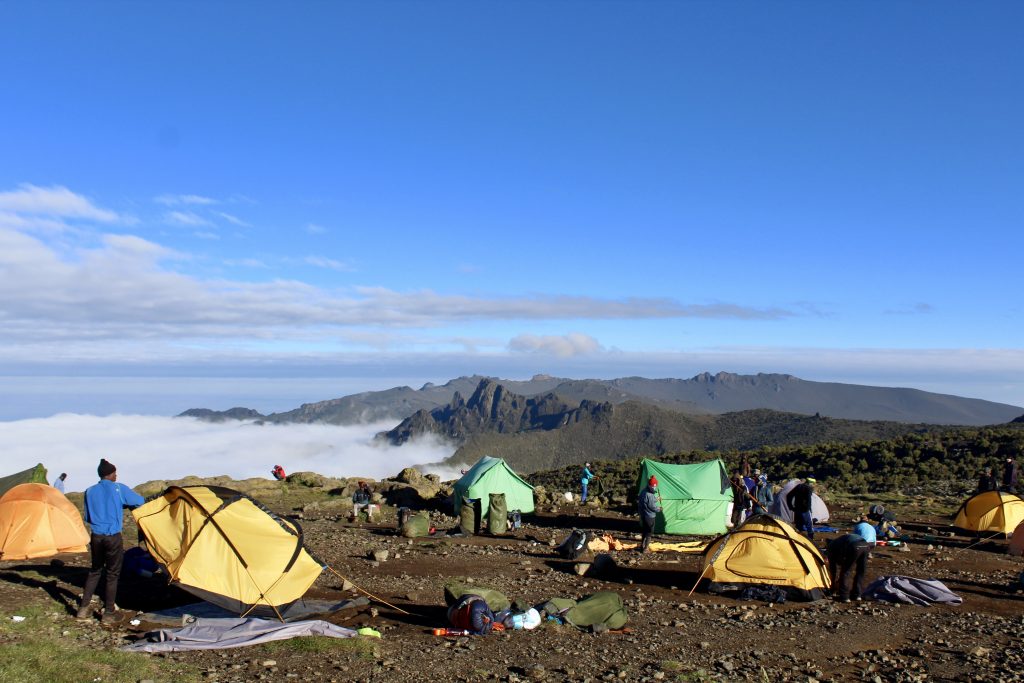


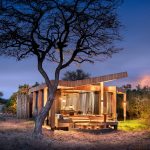
© 2023 Forever Nature Safaris | All Rights Reserved.